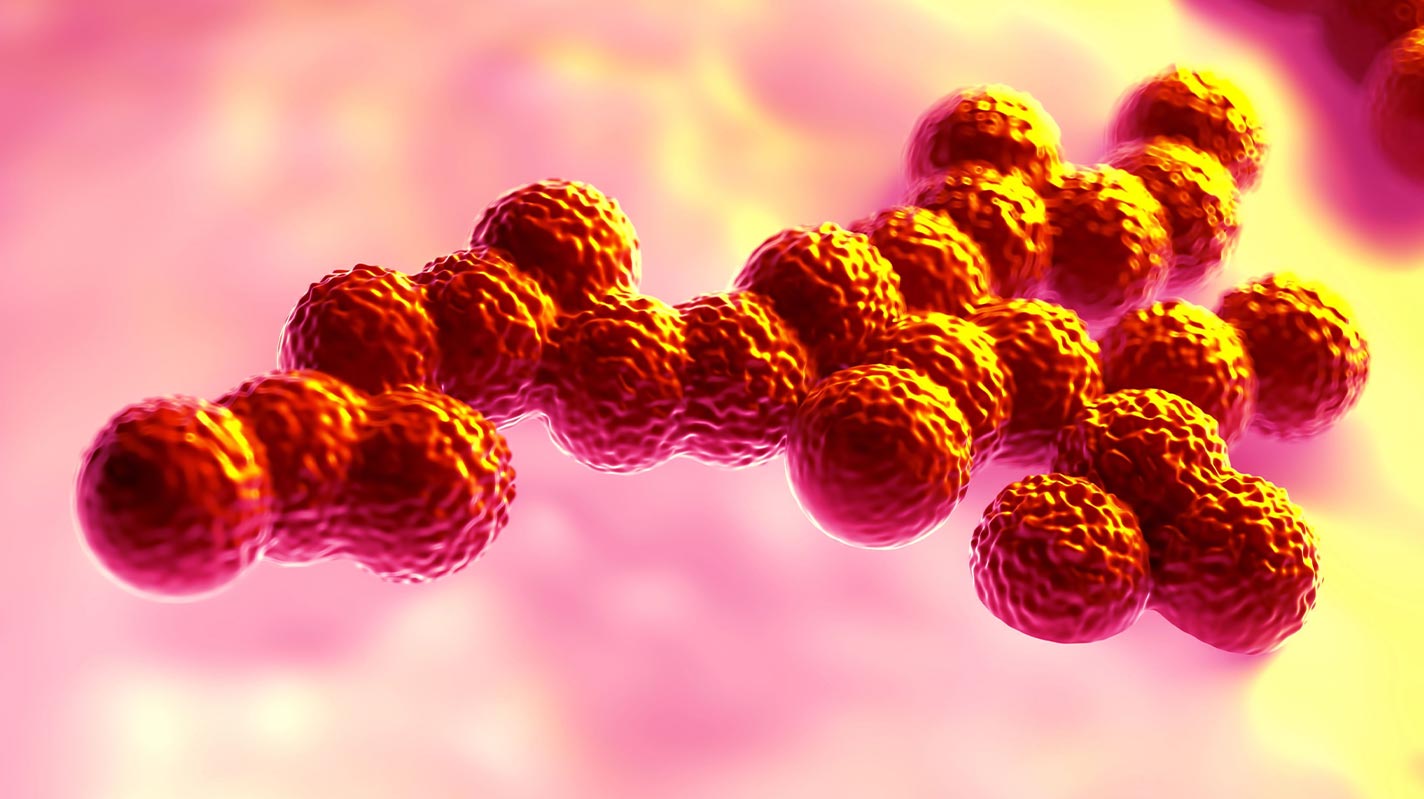Shiga Toxin-Producing E. coli Testing for Cannabis
Learn about Shiga toxin-producing E. coli (STEC) and how contamination can affect final cannabis products and consumer safety.

Shiga toxin-producing E. coli (STEC) area diverse group of bacteria frequently found in the intestines of most mammals, including humans. Some STEC strains produce toxins and may cause illness, even serious illness, or death. STEC, part of the Enterbacteriaceae family, is an important organism to consider within the cannabis industry because of human and mammalian contact throughout the supply chain. Being proactive for cannabis microbiological risks including STEC can lead to mitigation of STEC and the risks in final cannabis products and expand safety to the industry.
STEC are usually transmitted to humans by consuming product contaminated with animal feces. Agricultural and raw products are frequently at risk for STEC contamination due to the agricultural and production environments. STEC is found more frequently among a decreased level of sanitation or unsanitary operations. The root cause of an occurrence of STEC could stem from something as simple as inadequate handwashing.
Targeting the digestive system, the risks from STEC can impact the entire population with a greater risk from children, immunocompromised individuals, and the elderly. STEC is most closely associated with contamination, especially in agricultural products. STEC is listed by FoodSafety.gov as among the top five food-related bacterial illnesses in the US1 and consuming products contaminated with STEC can lead to serious illness or death. One such illness STEC can lead to is a kidney disease known as Hemolytic Uremic Syndrome, which can lead to kidney failure or death in those affected. Some STEC species are even resistant to antibiotics, making recovering from STEC infections very serious. The most well-known bacteria of this group is E.coli O157:H7. Pathogenic E.coli , including STEC, can be found on agricultural products, in food, and nutraceutical products. Naturally, products are tested for the presence of STEC before entering the marketplace. The same risks associated with these industries are also present in cannabis. It’s reasonable to expect similar testing be required and conducted within the cannabis industry.
Fortunately, as we see in other industries, STEC can be prevented and mitigated throughout the supply chain. Sanitation practices have a direct benefit to controlling and reducing the risks of STEC fueling opportunities for mitigation and risk reduction. The risk of STEC is often decreased as the microbe is exposed to high temperatures; it rarely survives at high temperatures. This may reduce the risks of STEC in cannabis products such as some edibles where there’s a heat step in the processing of the product. It’s critical to test your environment, ingredients, and final products to ensure safety for consumption. This is common in food safety industry. For cannabis, where there is not a kill step, it’s even more imperative to have a robust sanitation plan with checks and balances throughout the supply chain to reduce risks.
There’s value in establishing Environmental Monitoring, Good Agricultural Practices (GAP) and Good Manufacturing Practices (GMP) as your first line of defense. This coincides with confirming good air filtration, establishing zoning, utilizing appropriate PPE and human handling and disinfecting procedures throughout a facility. Based on the entry of STEC into the cannabis supply chain as this article is being written, groups are increasingly using predictive diagnostics to understand potential risks and mitigate before a challenge appears.
Currently, many states mandate the testing of STEC in cannabis and cannabis products following the recommendations by the American Herbal Pharmacopoeia (AHP) and the Food and Drug Administration (FDA), and/or the US Pharmacopeia (USP).
STEC, as with any bacteria, they are not visible and can go undetected until consumers get sick or die. It is imperative to plan ahead and set up predictive and proactive diagnostics to decrease failed products and increase consumer safety.
References
- Foodsafety.gov (2021) Bacteria and Viruses. https://www.foodsafety.gov/food-poisoning/bacteria-and-viruses. Accessed Dec 23, 2021





